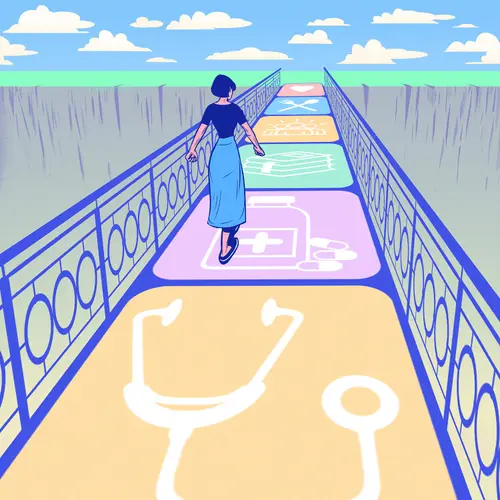If you’ve ever had a stroke, you very likely also had high blood pressure. Your doctor may call it hypertension. It’s the biggest culprit behind strokes, causing more than half of them.
Experts say 80% of strokes can be prevented. The single best way to do that is to get your blood pressure in the healthy range. That means lower than 120/80.
When Is Blood Pressure Too High?
If your blood pressure is consistently 130/80 and above, you have hypertension. Your numbers naturally rise and fall depending on what you’re doing and how stressed you are throughout the day. You should check them several times before you get a diagnosis.
The top (systolic) number is the force in the arteries when the heart beats. The bottom (diastolic) one is the pressure between beats, when the heart rests.
If either number is higher than normal, it means your heart is pumping harder than it should. Studies show that that over time, that makes you more likely to have a stroke.
How Does High Blood Pressure Cause a Stroke?
Hypertension puts your arteries under constant stress. As with a tire that’s been overinflated, too much force inside your blood vessels damages the artery walls and makes them weaker.
There are two main types of strokes -- and high blood pressure makes both more likely.
Strokes caused by blocked blood flow. In almost 9 out of 10 cases, you have a stroke because something, usually a clot, blocks the flow of blood to the brain. Doctors call this an ischemic stroke. Without oxygen, brain cells start dying within minutes. Usually a clot forms either at the site of a clogged blood vessel or someplace else in the body and then reaches the brain. A traveling clot usually means you have an underlying issue, often an irregular heartbeat called atrial fibrillation (AFib).
The clots happen more often with high blood pressure because it speeds up atherosclerosis, a condition that makes your arteries get harder, narrower, and clogged with fatty plaque. Hypertension also makes you more likely to have atrial fibrillation. It causes blood to collect in the heart, where a clot can form. AFib is very dangerous because it raises your chances of stroke fivefold. But there are treatments for it.
Strokes caused by bleeding in or around the brain. These are “hemorrhagic” strokes. They tend to be more serious and deadlier than clot-based ones. A weak blood vessel breaks open, usually because of an aneurysm, a spot that has ballooned up from pressure. High blood pressure damages arteries and makes them more likely to tear or burst.
Hypertension also can cause clots that lead to temporary “mini strokes.” Transient ischemic attack, or TIA, is when a clot dissolves or gets dislodged on its own. Most people fully recover from TIAs, but they are a warning that a full-blown stroke may be coming. Hypertension makes a TIA more likely the same way it does for an ischemic stroke -- by narrowing the arteries and making it more likely for plaque and blood clots to form.
What You Can Do
If you get your blood pressure under control, you can cut your chance of having a stroke by almost half. Talk to your doctor about whether medication would help. You can also aim to:
- Eat less salt, sugar, and saturated fats (mainly from meat and poultry). Avoid artificial trans fats (often found in processed foods that have “hydrogenated” ingredients). Eat more fiber, fruits, and leafy green vegetables
- Get to a healthy weight. A big belly, compared with your hip size, is one sign of too much fat on your body.
- Stop smoking. If you already smoke, quitting will help lower your odds for stroke.
- Limit alcohol. Drinking too much can raise your blood pressure.
- Exercise regularly. Aim for 30 minutes of aerobic activity, such as brisk walks, 5 times a week.
- Lower your stress. Studies show constant stress makes you more likely to have a stroke or a TIA.

